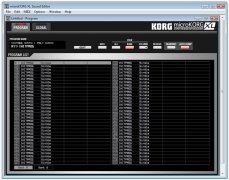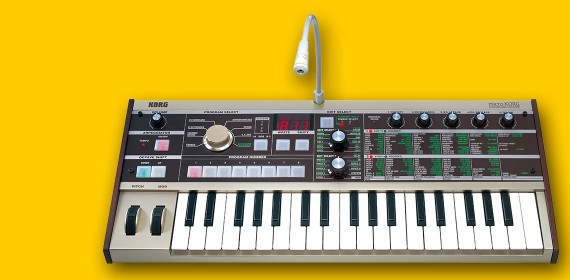
This model is also much easier to use considering the ability to “favourite” up to 8 programs for quick recall. You could literally pull-out your MicroKORG anywhere and start performing. However, for a musician on a budget who is simply looking for an affordable portable synthesizer… I recommend the MicroKORG S.įor starters, it has TWO built-in speakers which are surprisingly loud AND an additional subwoofer (for 2.1 stereo). When it comes to performance though, it’s easy to argue that the latest model benefits the most.įor fanatics of the MicroKORG series, collecting each model might be an option.

Getting over the MicroKORG’s mini-keys won’t be an issue if you can appreciate it for what it is.Īs you may have noticed, each version of the MicroKORG is somewhat unique in terms of aesthetics. The MicroKORG is one-of-a-kind and to be honest, I find the mini-keys to be quite charming.īut if you were expecting something different, I would imagine why you’d be disappointed. How many synthesizers could YOU take on all your adventures? However, I’m grateful to even have a keybed to play on when I’m not home (commuting, hiking, travelling, etc…) It’s really simple… If I’m in the recording studio, I always control my MicroKORG using my M-Audio Hammer 88. If the keys are really such an issue, I wonder why most haven’t considered making use of the MIDI ports. Throughout the years, the MicroKORG has gotten criticized for its inferior keybed.īut what can we really expect from such a compact synthesizer?

You’ll either love ’em, or you’ll hate ’em… Every MicroKORG is equipped with 37 velocity-sensitive mini-keys, even if they feature the improved “natural touch” keybed.


 0 kommentar(er)
0 kommentar(er)
